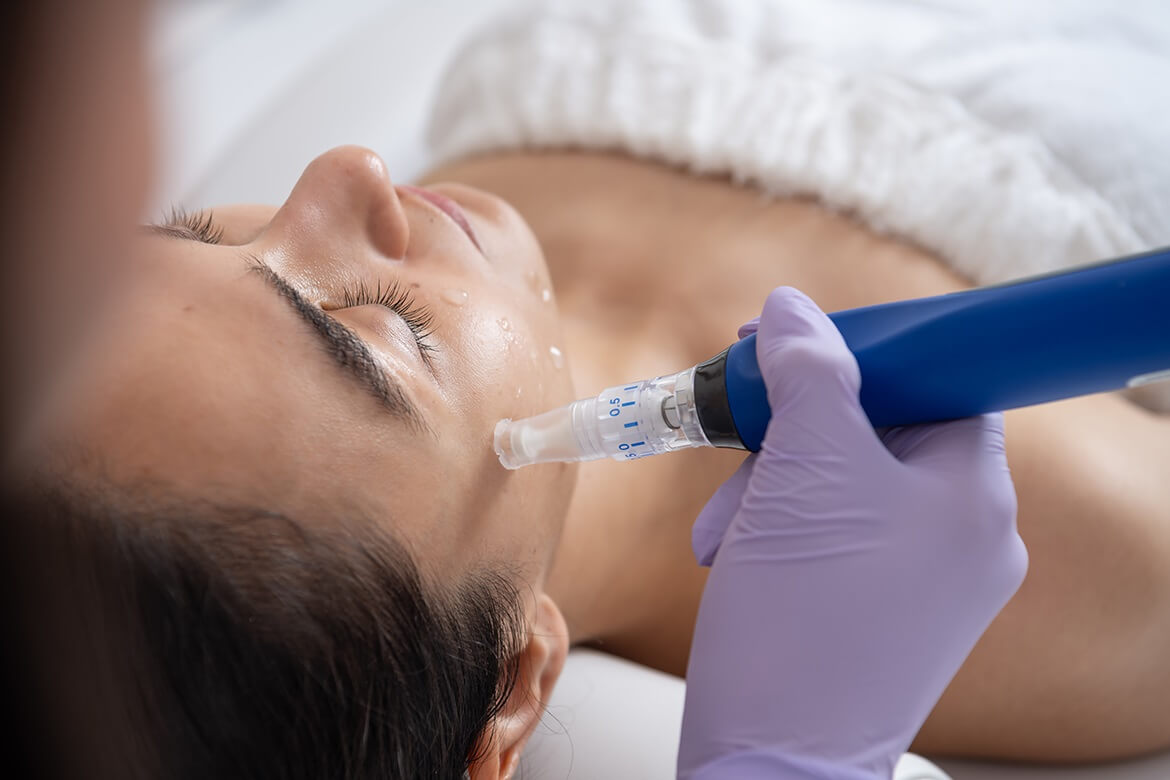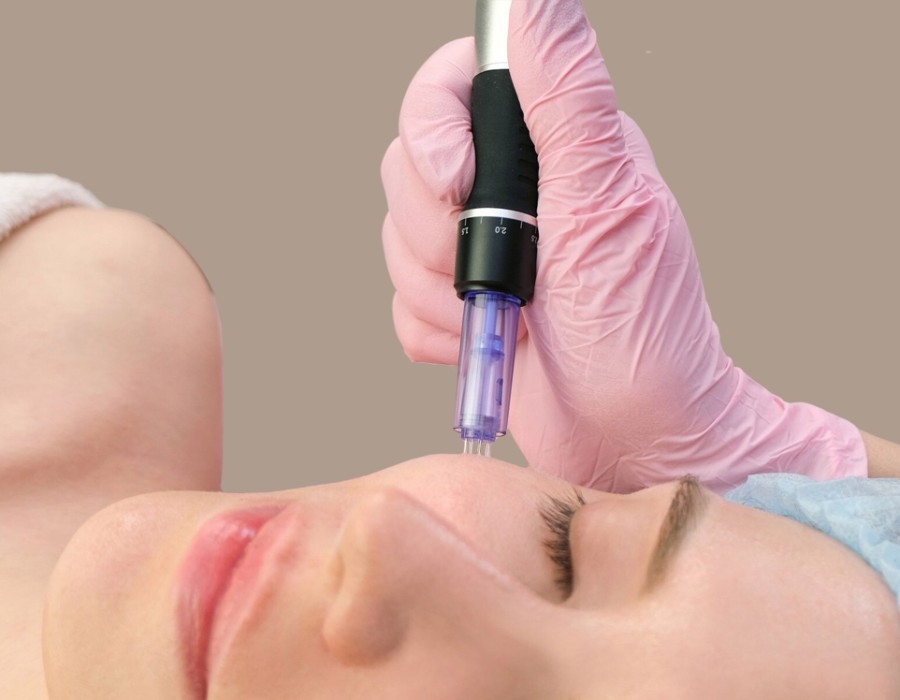Dark spots, medically referred to as hyperpigmentation, are patches of skin that become darker than the surrounding areas. They develop due to excess melanin production, which can be triggered by sun exposure, acne scarring, aging, or hormonal fluctuations. While these spots are generally harmless, many individuals seek ways to diminish them for a more even, radiant complexion. In recent years, Microneedling In Dubai has gained popularity as a go-to treatment for targeting dark spots, especially among those looking for safe and effective skin rejuvenation with minimal downtime.
What Is Microneedling?
Microneedling is a cosmetic procedure that involves creating tiny, controlled punctures in the skin using a device equipped with fine needles. These micro-injuries prompt the body’s natural healing response, stimulating collagen and elastin production—two essential proteins that maintain skin firmness and elasticity. This technique is not only used for general skin rejuvenation but also shows great promise in addressing specific concerns like dark spots, acne scars, enlarged pores, and fine lines. The procedure is safe for most skin types, and when performed correctly, it can result in smoother, clearer, and more balanced skin.

How Microneedling Helps Treat Dark Spots
Stimulates Collagen for Skin Renewal
Collagen plays a critical role in skin healing and renewal. When the microneedling device creates tiny injuries on the surface, the skin starts a natural repair process that includes generating new collagen. This helps in replacing the pigmented cells with fresh, healthy skin over time, gradually fading dark spots.
Breaks Up Pigmented Cells
One of the core mechanisms through which microneedling treats hyperpigmentation is by physically disrupting melanin clusters in the dermis. As the skin regenerates, these disrupted clusters become less visible, resulting in a more even skin tone.
Enhances Topical Product Absorption
After microneedling, the skin is temporarily more permeable. This makes it easier for brightening serums—like those containing vitamin C, niacinamide, or kojic acid—to penetrate deeper into the skin layers. These ingredients work in synergy with microneedling to enhance the lightening of dark spots more effectively than when used alone.
Benefits of Microneedling for Dark Spots
Microneedling offers multiple benefits when used to treat hyperpigmentation:
- It is suitable for all skin types and tones, including darker complexions that may be prone to post-inflammatory hyperpigmentation with harsher treatments.
- The treatment is minimally invasive and requires little downtime.
- It naturally stimulates the skin’s own healing processes without relying heavily on chemical agents or intense energy-based devices.
- Results improve progressively with each session, making it a reliable long-term solution for persistent pigmentation issues.
Microneedling vs. Other Treatments for Dark Spots
Microneedling vs. Chemical Peels
While chemical peels exfoliate the top layer of skin to improve texture and tone, microneedling works deeper into the dermis. This deeper action allows microneedling to address pigmentation at its source, making it more effective for stubborn or long-standing dark spots.
Microneedling vs. Laser Treatments
Laser treatments are highly effective but can pose risks for individuals with darker skin tones due to potential burns or post-treatment pigmentation. Microneedling, on the other hand, is considered safer for all skin types and carries a lower risk of adverse pigment changes.
Microneedling for Different Types of Hyperpigmentation
Post-Inflammatory Hyperpigmentation (PIH)
This type of dark spot forms after acne or skin injury. Microneedling helps fade PIH by increasing cell turnover and replacing pigmented cells with new skin.
Melasma
Although melasma is notoriously difficult to treat, microneedling shows potential when combined with depigmenting serums. The technique helps active ingredients reach deeper into the skin layers, improving efficacy.
Sunspots
Also known as age spots, sunspots respond well to microneedling as the treatment encourages the shedding of damaged, sun-exposed skin cells.
Who Is a Good Candidate for Microneedling?
Microneedling is suitable for most healthy adults dealing with skin concerns like uneven pigmentation, acne scars, or signs of aging. However, those with active acne, certain skin conditions (like eczema or psoriasis), or who are pregnant should consult a skincare professional before proceeding.
![The differences between mesotherapy and microneedling [Updated]](https://d3sc42dkmius1e.cloudfront.net/Upload/669/CMS/News/Photos/d939634a-d1a.jpg)
Tips for Best Results
Follow Pre- and Post-Treatment Guidelines
Preparing your skin before treatment and caring for it afterward is crucial. Avoid harsh skincare products, sun exposure, and exfoliants in the days leading up to the procedure. After treatment, apply gentle, hydrating products and sunscreen to protect the healing skin.
Be Consistent
Consistency is key when it comes to microneedling. Visible reduction in dark spots typically occurs over several sessions. Patience and regular maintenance are essential for achieving and maintaining results.
Final Thoughts
Microneedling is a highly effective and versatile skin treatment that offers significant benefits for those struggling with dark spots. Its ability to stimulate collagen, enhance topical absorption, and support overall skin regeneration makes it a top choice for individuals seeking a non-invasive solution to hyperpigmentation. With growing popularity and success stories, Microneedling Dubai continues to attract individuals looking to brighten their skin and restore an even tone in a safe and progressive way. If you're searching for a long-term remedy for dark spots, microneedling may be the ideal path toward clearer, more radiant skin





Comments